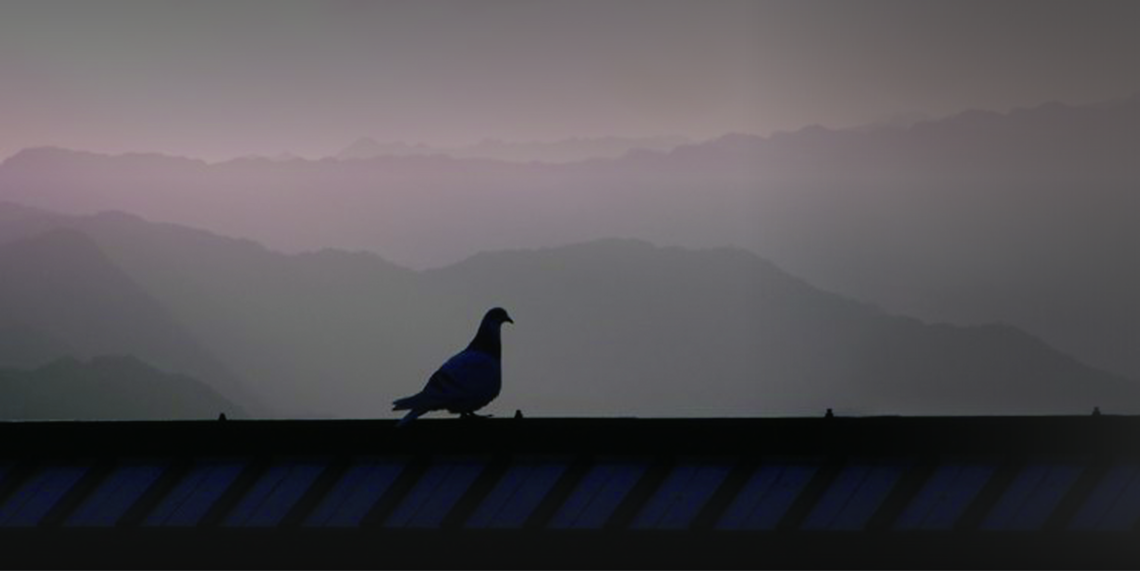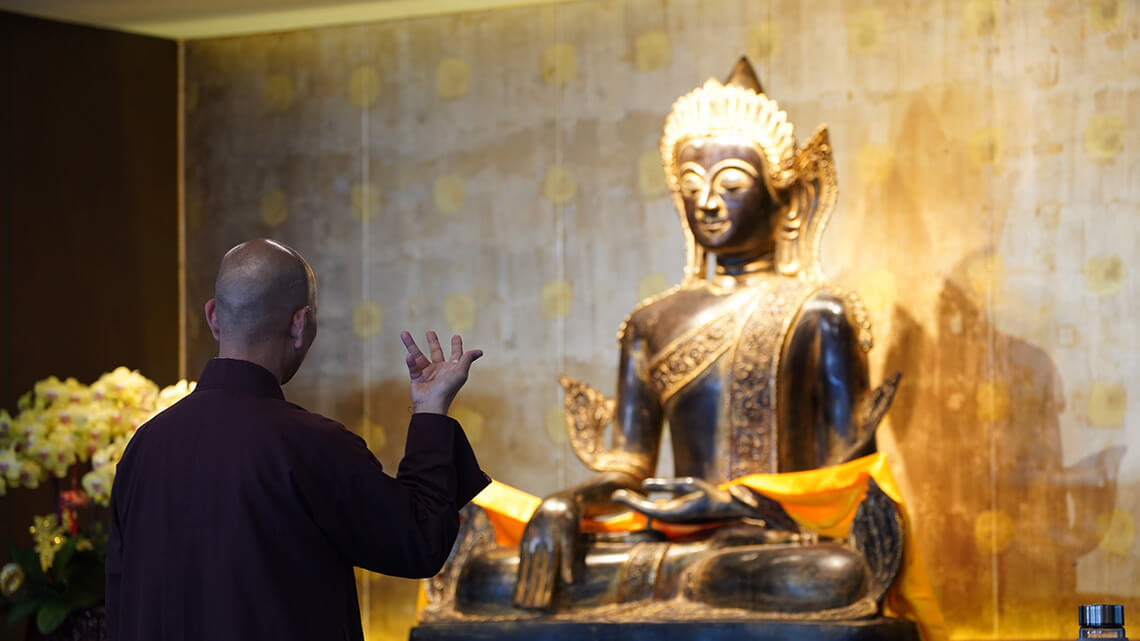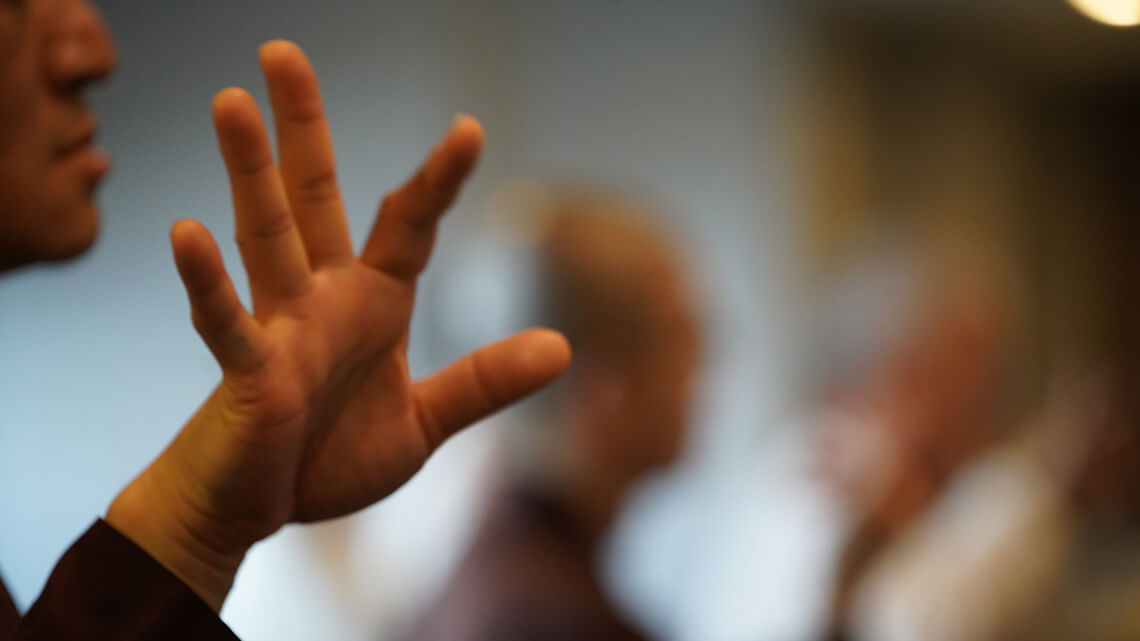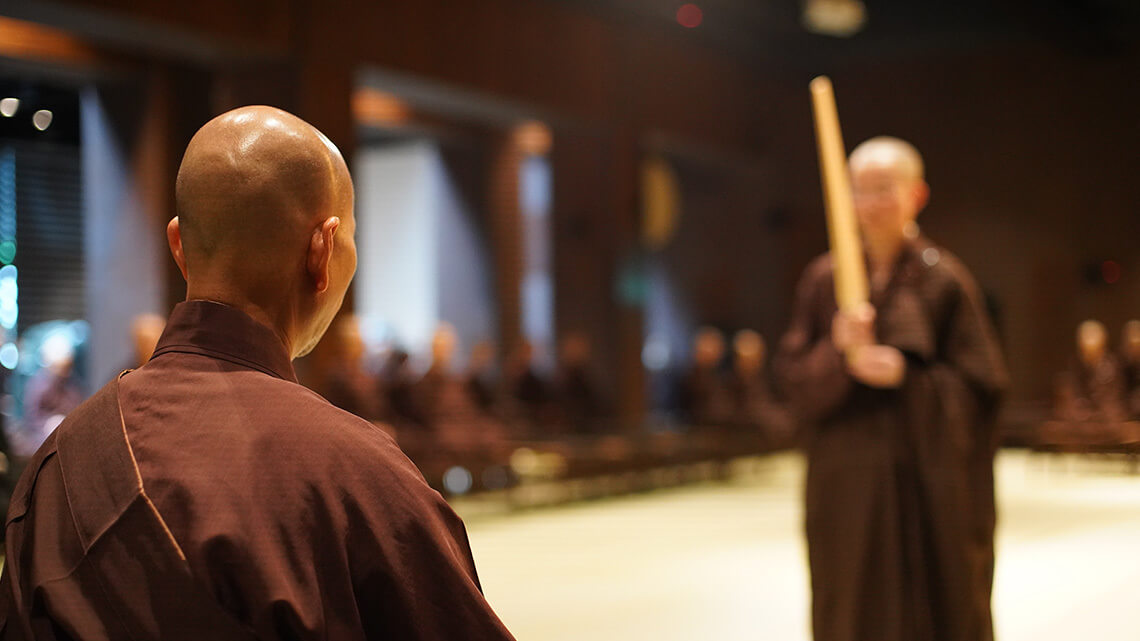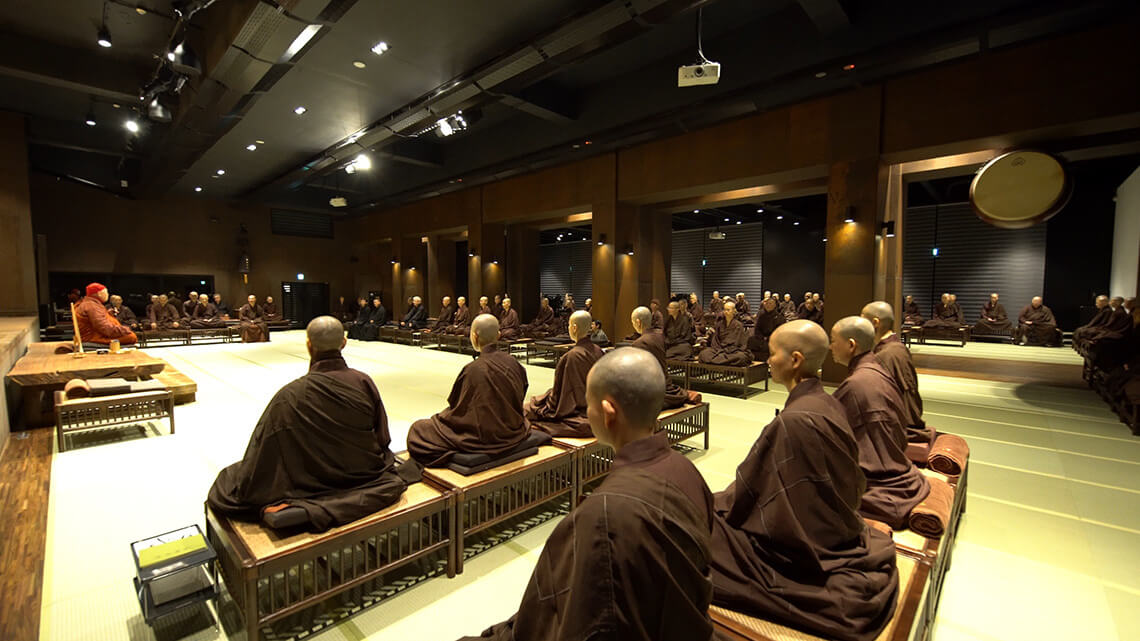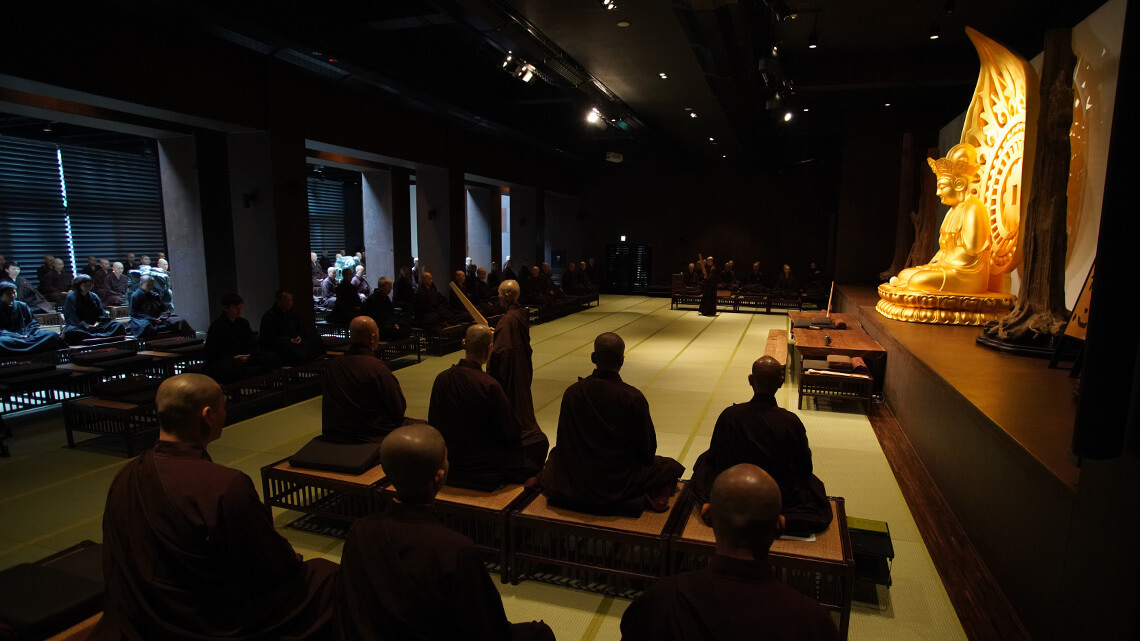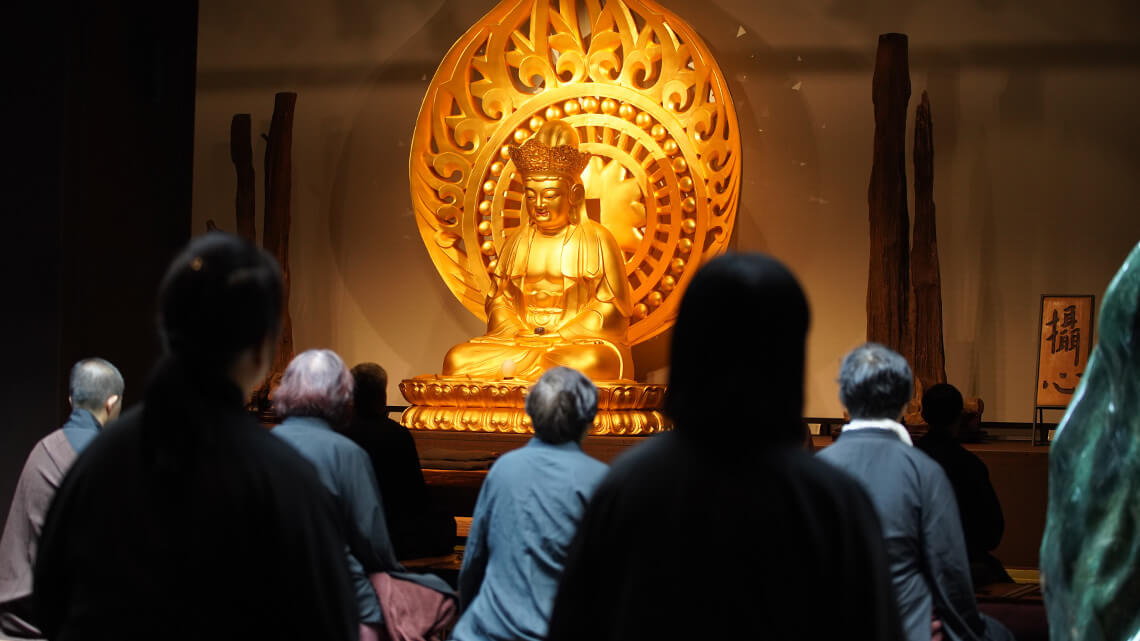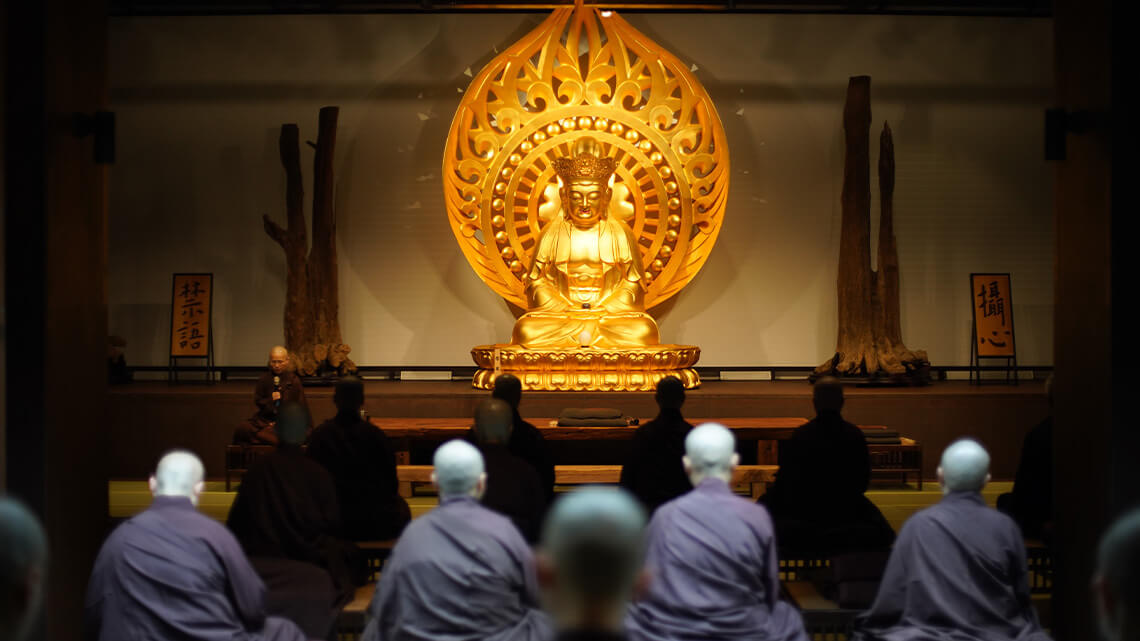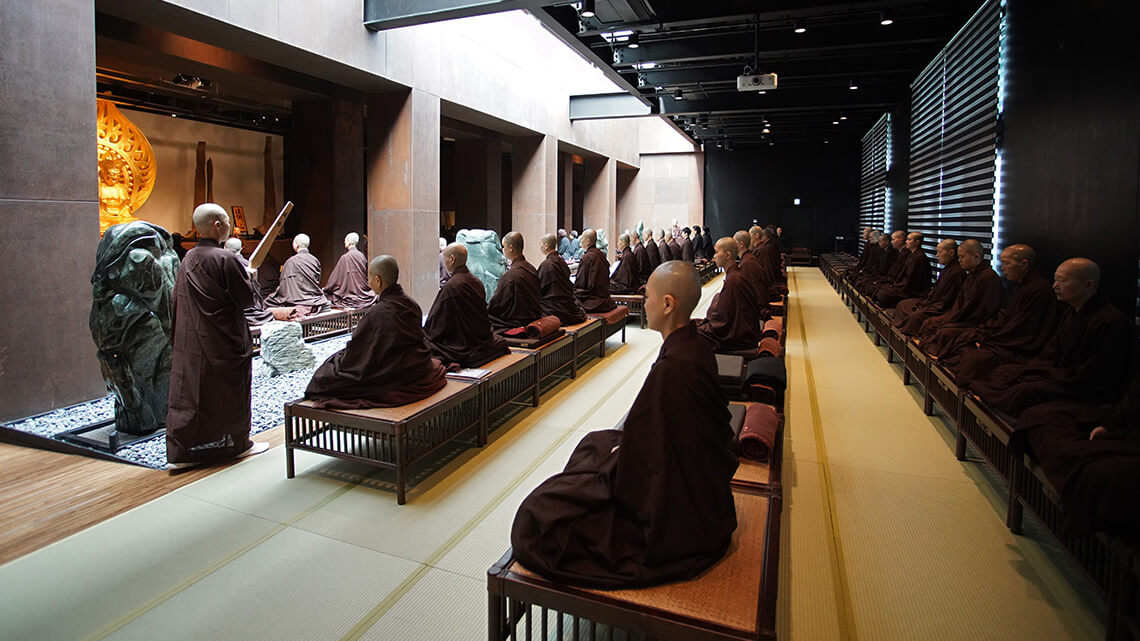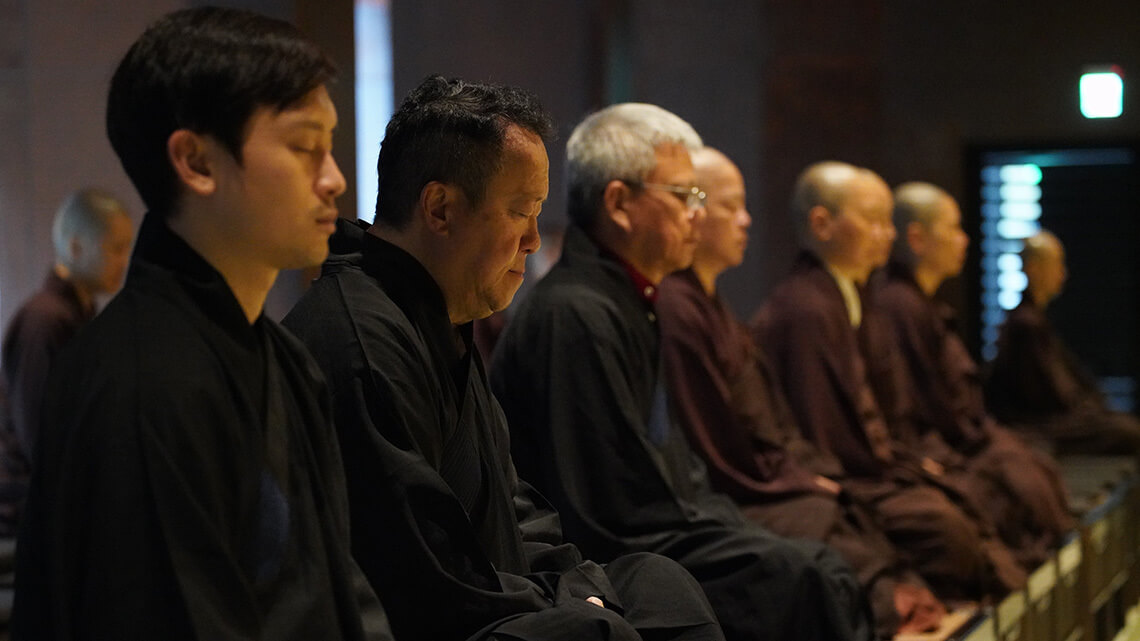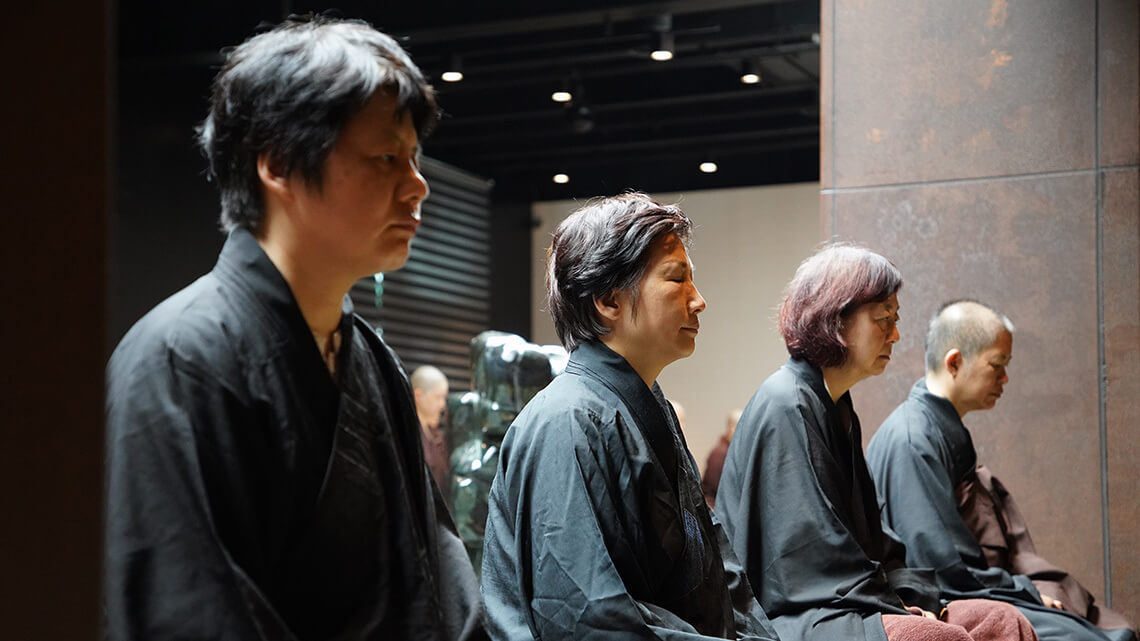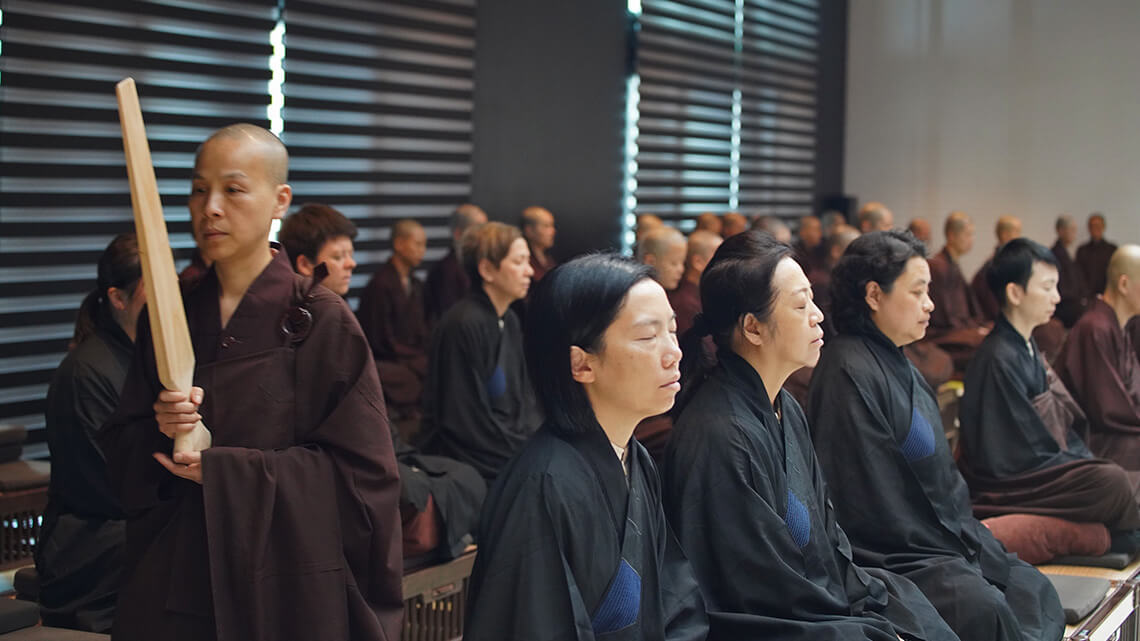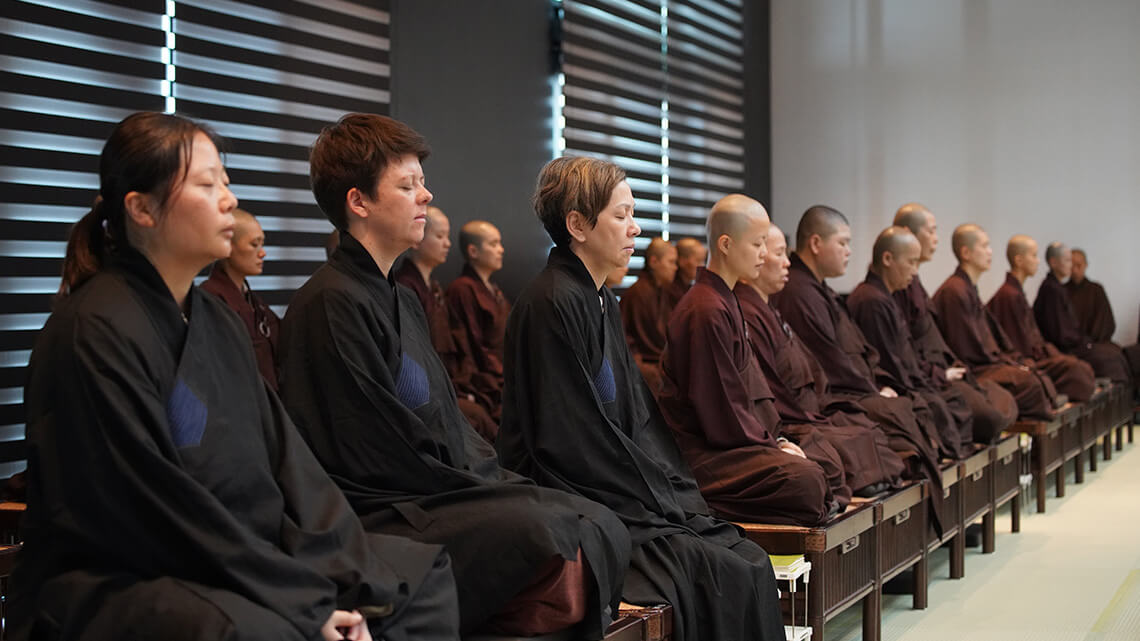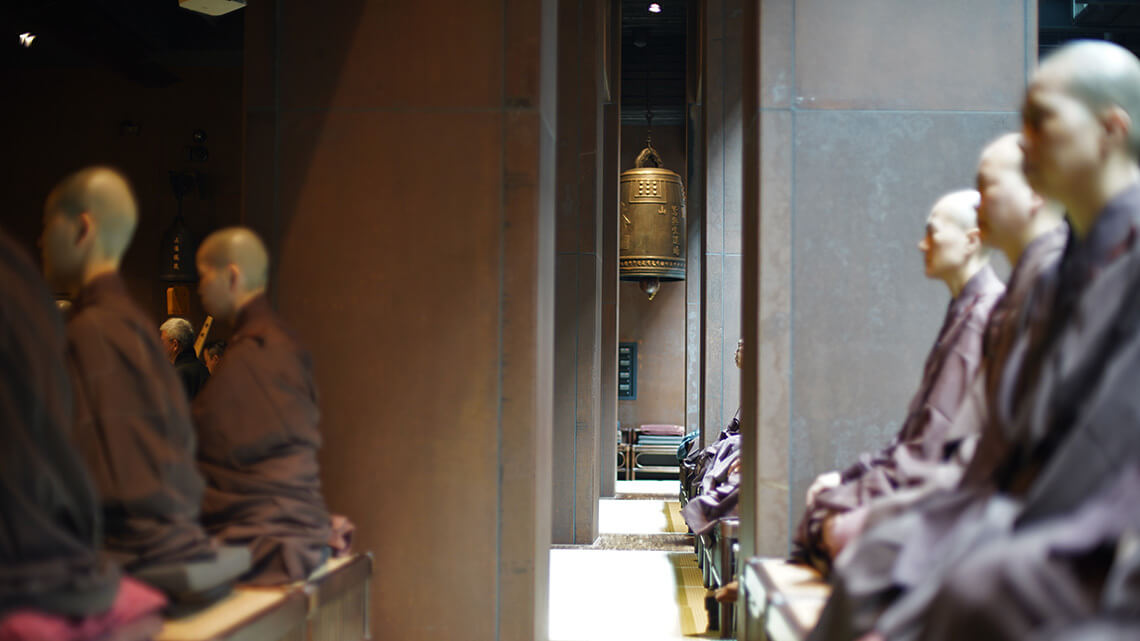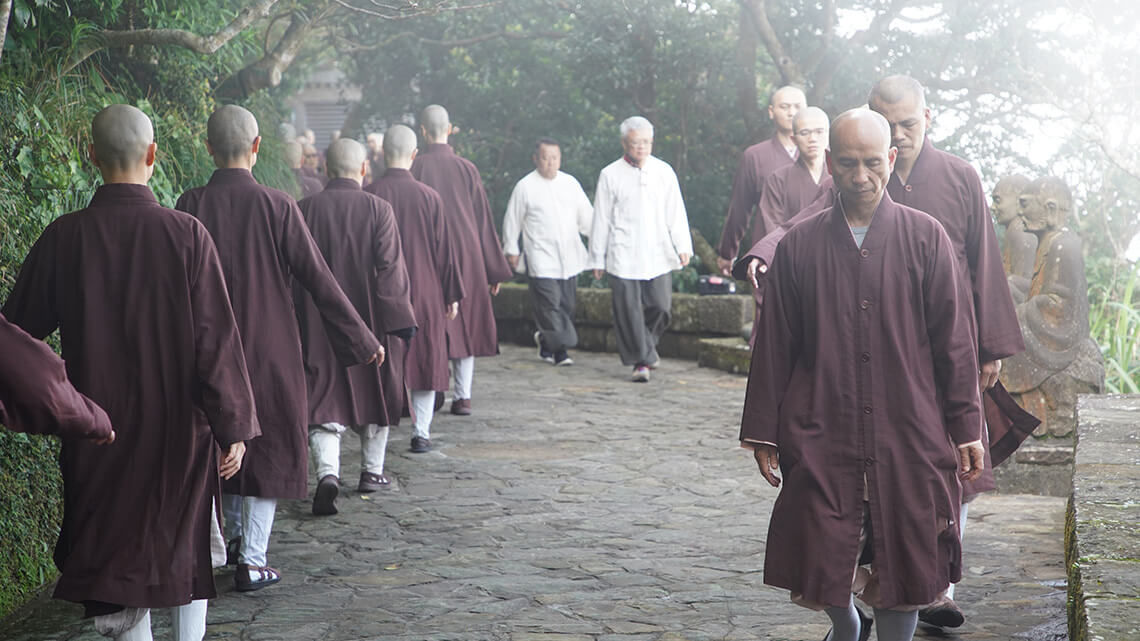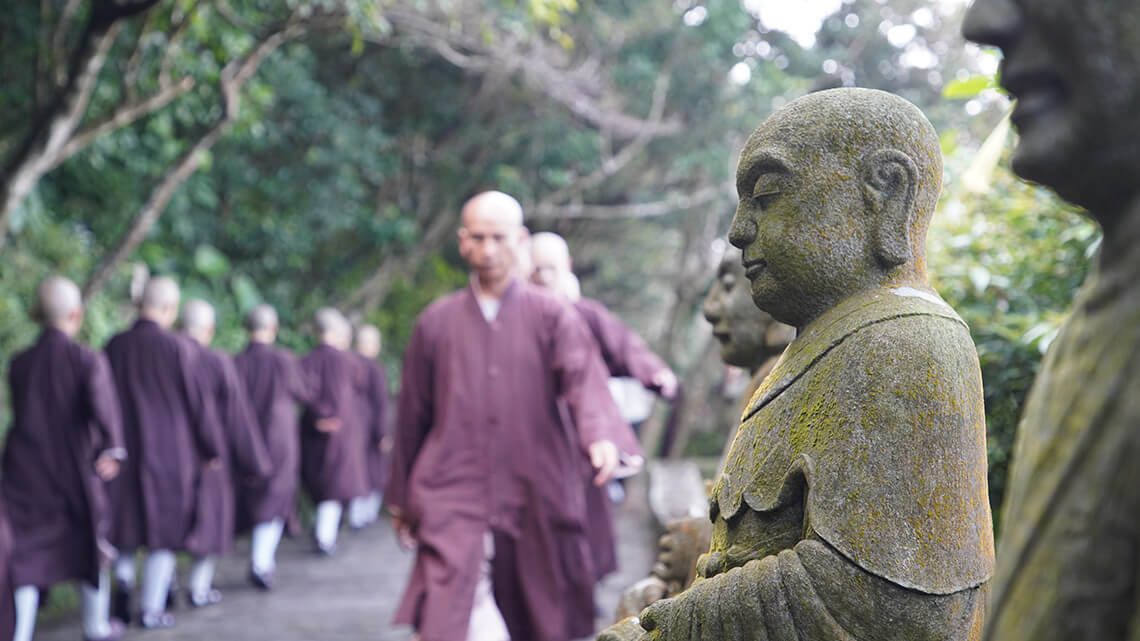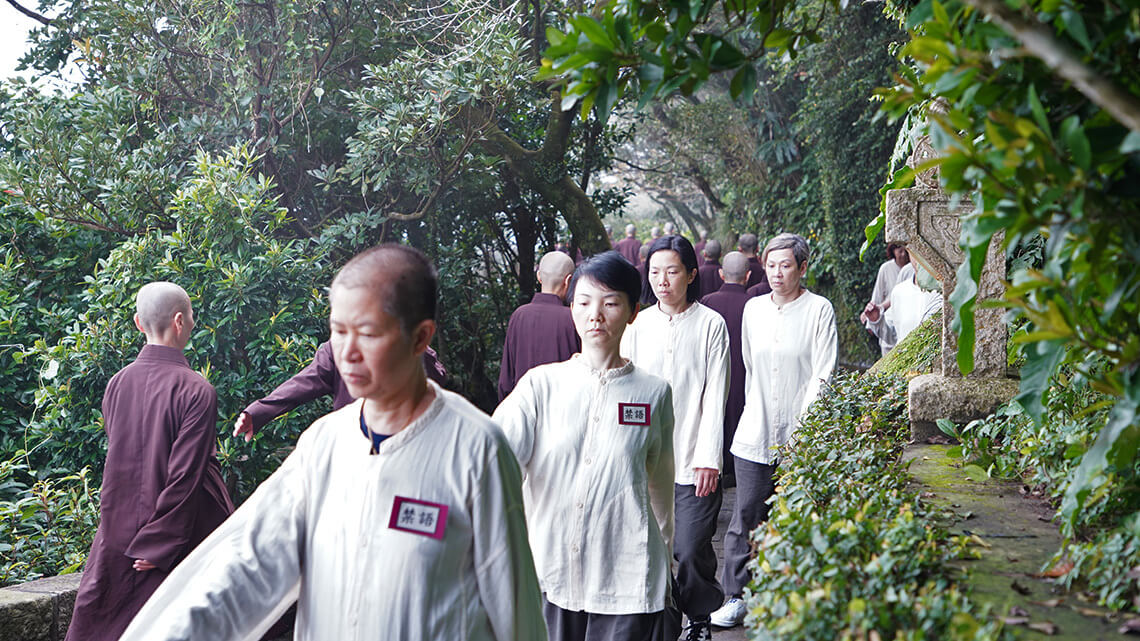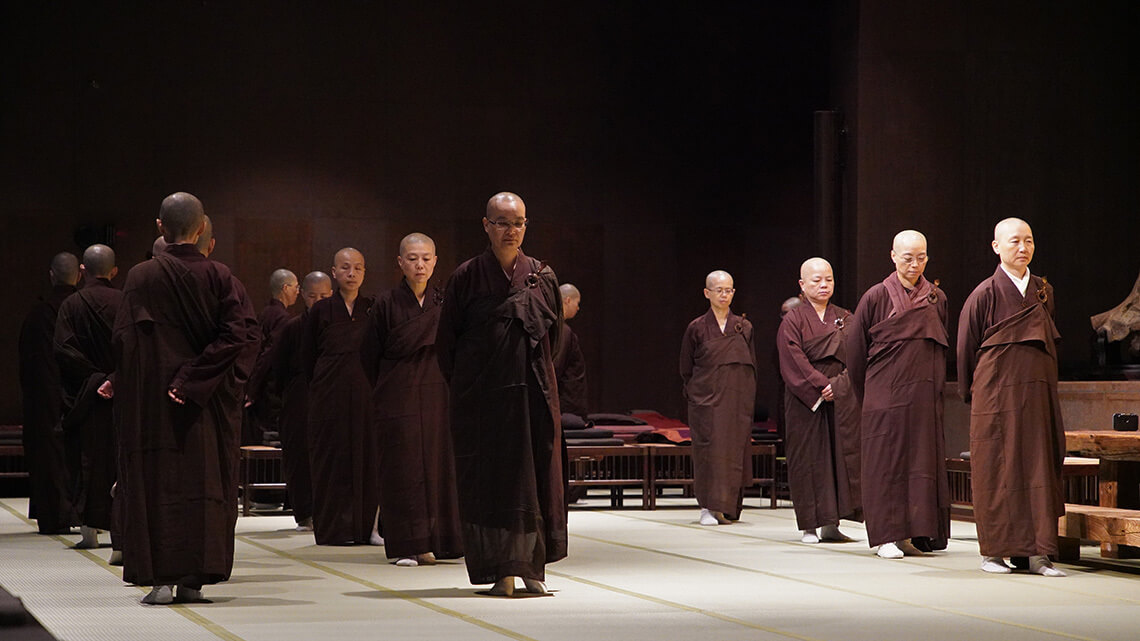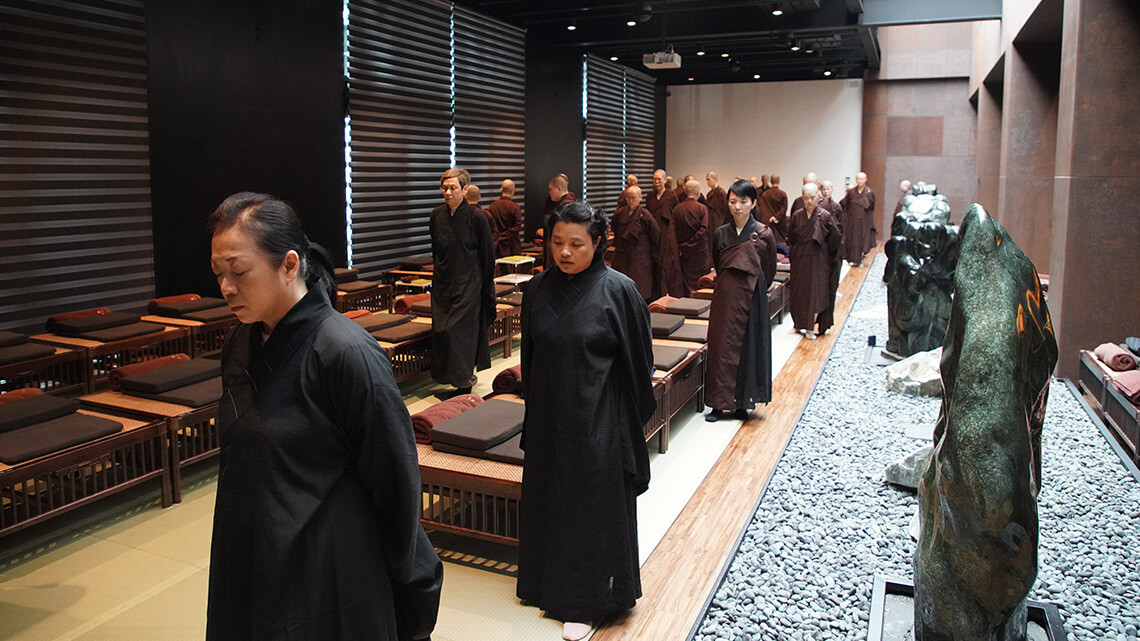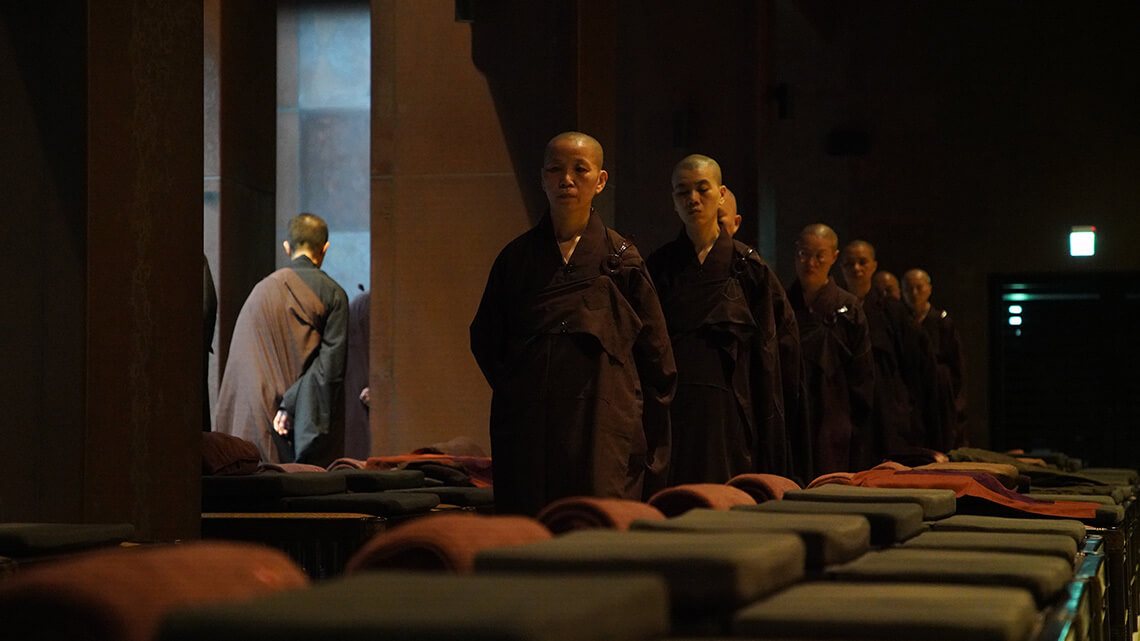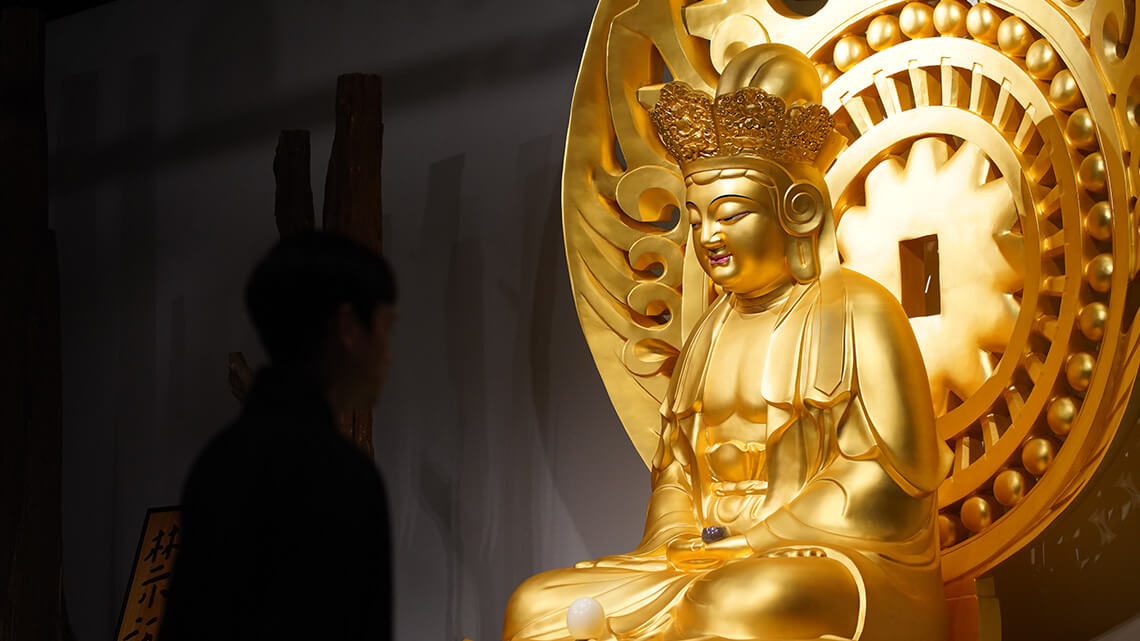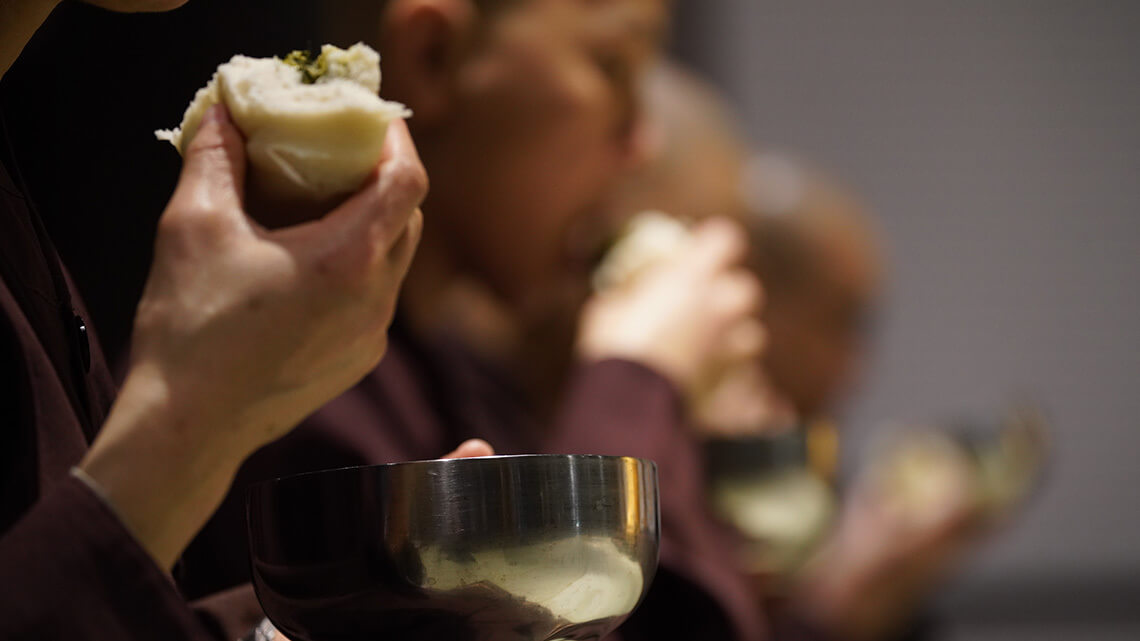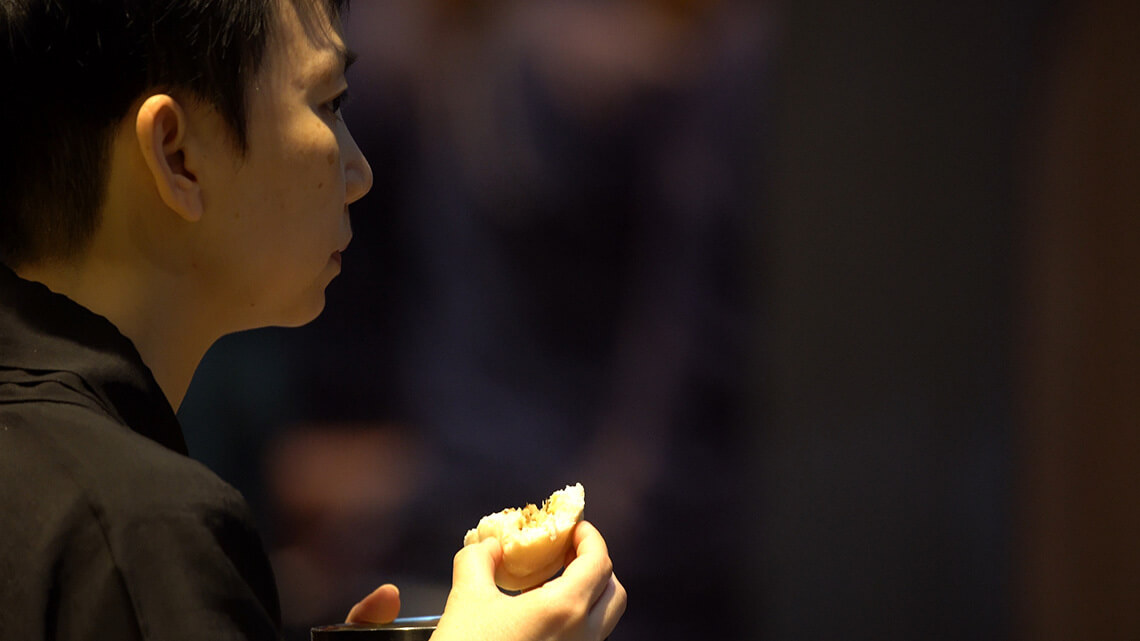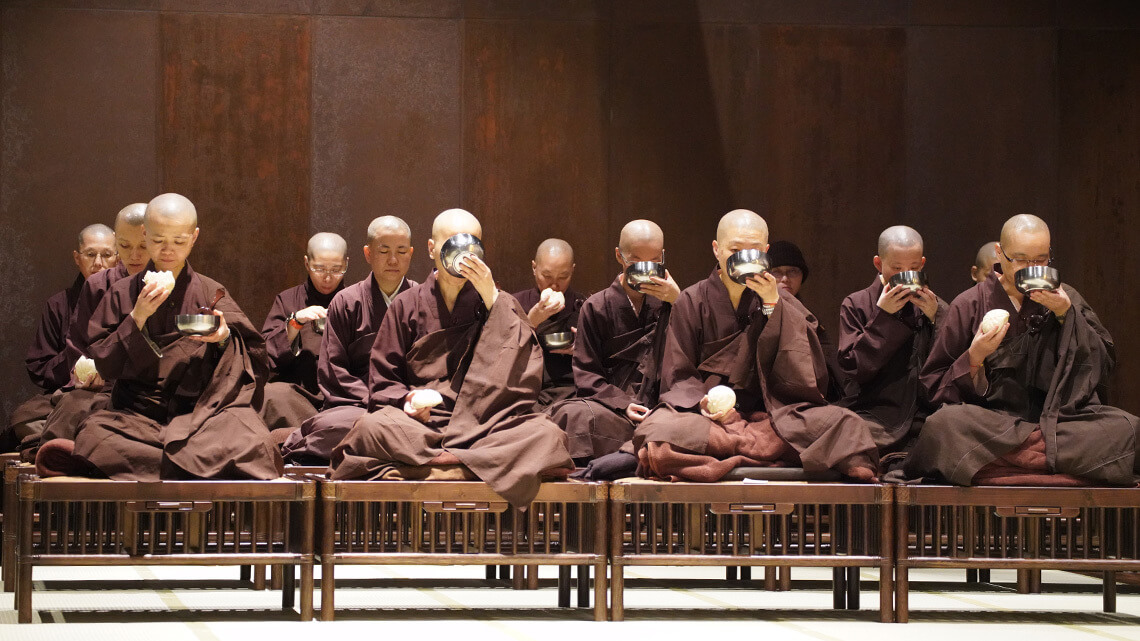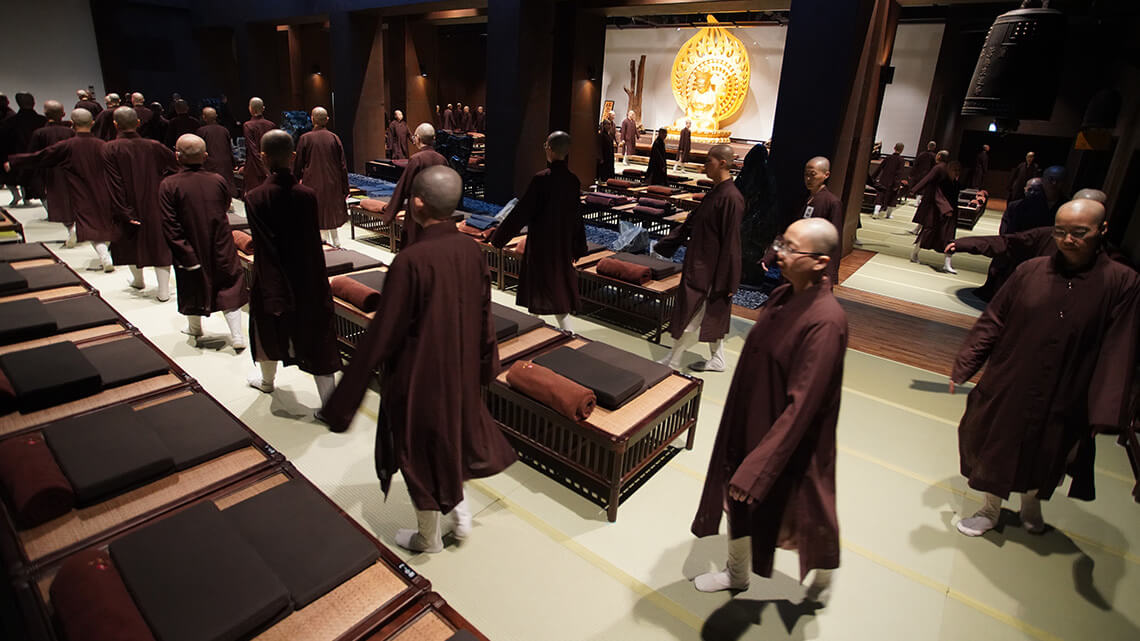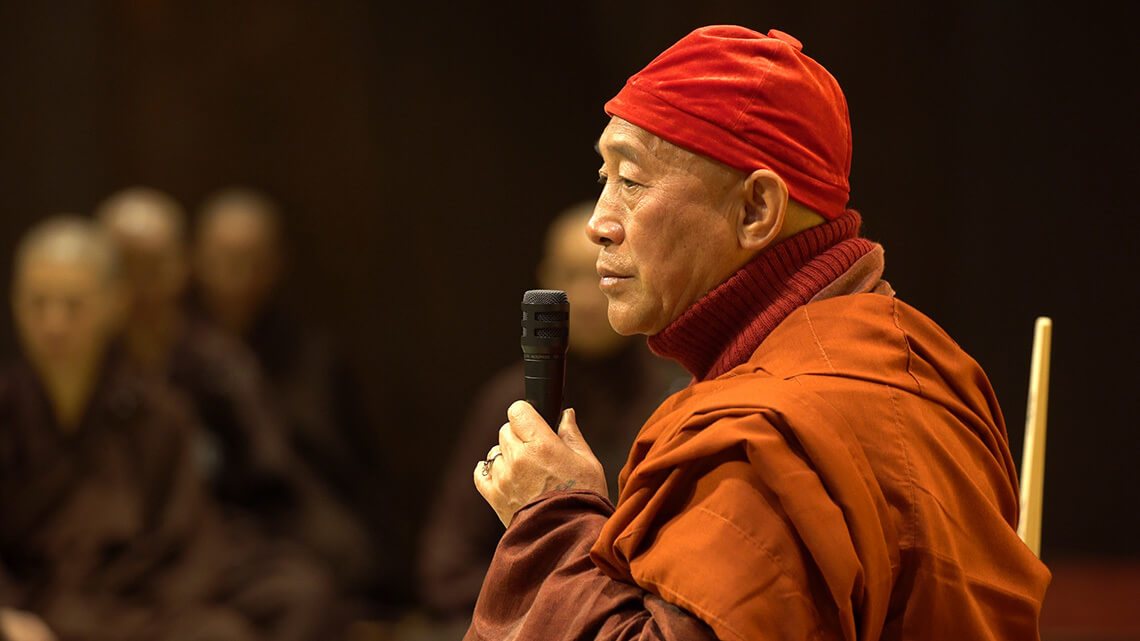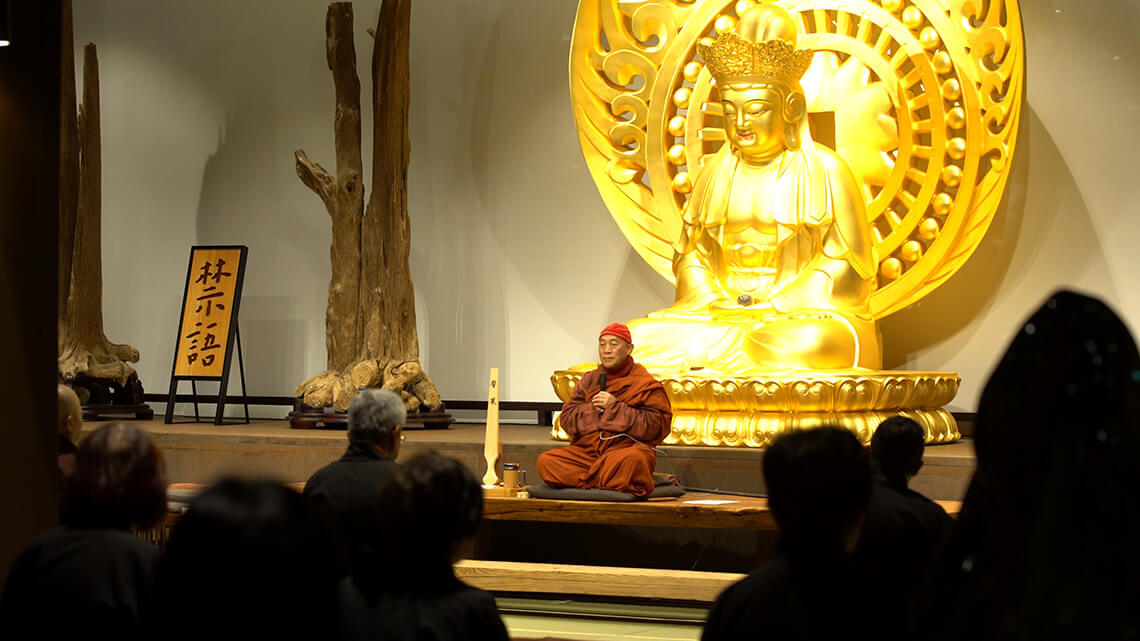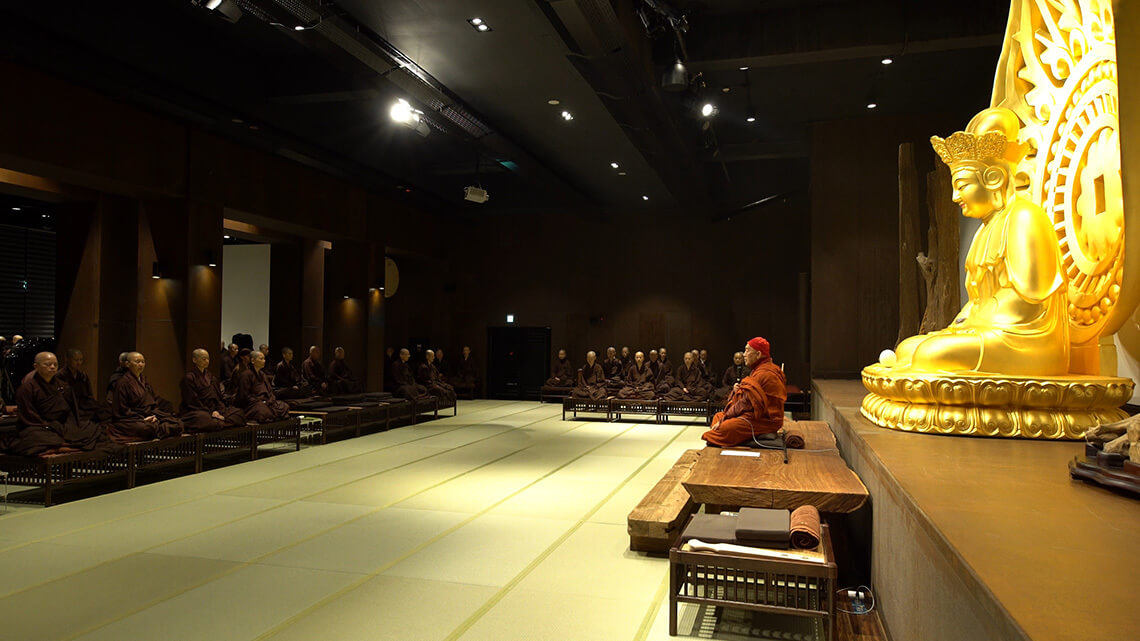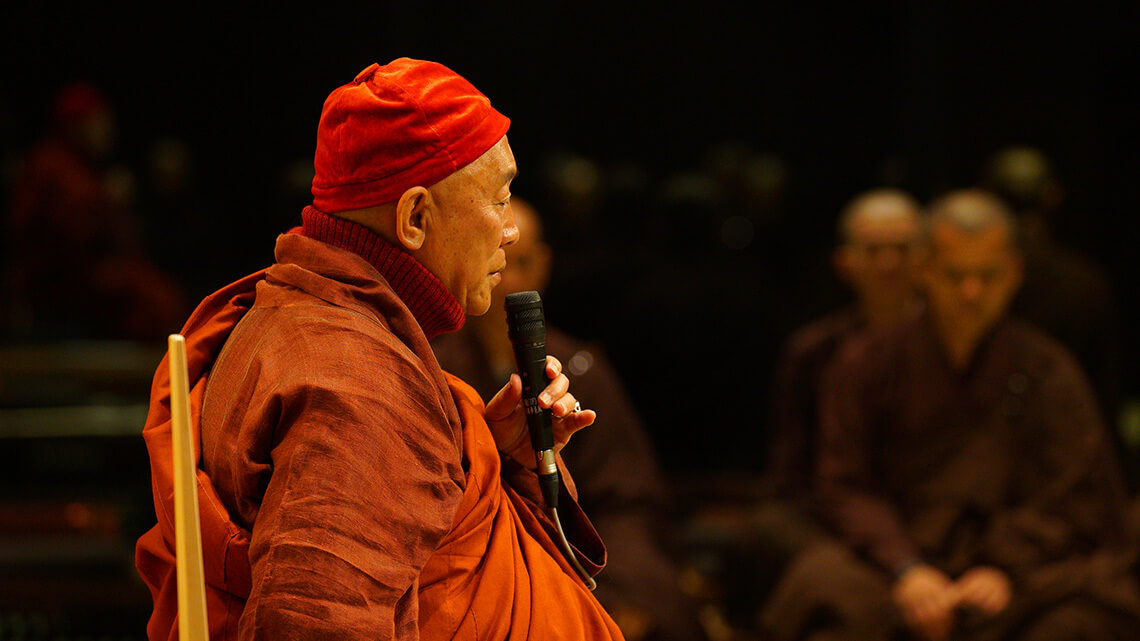Commencement of the LJM Chan Meditation Retreat of Spring 2019
2019-02-25
Understand your Heart in Spring and steady your Abode without Fixation - Commencement of the LJM Chan Meditation Retreat of Spring 2019
The year has freshly begun and it just rained for the first time in early Spring, when people are about done bidding farewell to trivialities of the bygone and get ready for a new chapter in their life. We ought to, however, realize that besides tidying up our living quarters, our heart is where wishful thinking and random ideas need to be eradicated, so that our thoughts calm down and rise above entanglement with mundane matters. The Chan Meditation Retreat of Spring by the Ling Jiou Mountain Buddhist Society began with the Spring break and it is aimed at retrieving our original selves by virtue of taking part in the 49-day meditative retreat to practice Chan in walking and sitting under the tutelage of Dharma Master Hsin Tao and his disciples.
The LJM Chan Meditation Retreat of Spring begins its daily routine at the crack of dawn, with monastics and lay practitioners conduct their morning prayers and practice meditation in sitting inside the Yuan Tung Hall of the monastery. City dwellers are almost always laden with trivial daily matters propounded by crowded traffic and intense pace of urban life. Their eyes and ears are forever busy registering signals around them, whether meaningful or not, which contributes to the hectic state of mind and gives rise to all kinds of worries and concerns. By contrast and instead, participants of the Peace Meditation sit with their legs folded one above the other in the silent meditation hall, collect their mind and pace their deep breathing, weary thoughts quiet down and disappear into oblivion.
Being a major facility for meditation practitioners, Chan meditation is a key value proposition of the Ling Jiou Mountain Buddhist Society and its monasteries. Chan meditation is blended into every aspect of the religious establishment in walking, residing, sitting, and reclining. The curriculum for meditation learning and practice on a daily basis makes no exception. The practitioners picture themselves as trees standing tall, for instance, and stretch out their limbs as a tree grows branches and twigs and buds develop on twigs in Spring. While you do physical exercises, you communicate with your body and look inward to become aware of your inner self. Only then your physique and your mind come to terms in peace with each other and you have equilibrium.
On a certain given day the hilltop was shrouded in mist and the view to the sea was veiled off. Participants of the meditative retreat took long strides on the Arahat trails of the LJM and focused on their practice of Chan in walking. Birds were singing and bugs buzzing everywhere and all around them, the sound of Nature only deepened their inward exploration to realize that Chan is indeed everywhere. For the average people with no exposure to, nor prior experience with, Chan meditation, the notion of meditation in walking can arouse curiosity and doubt - in that one can be puzzled as to the difference with normal walking. Once back to the meditation hall and with the explanation of a guiding master, one realizes that when the walk is of a slow pace and each step begins with the lifting of one foot pointing forward, and when the foot softly touches down on the ground and you are aware of the motor motion, the walk is no longer just a walk, but a physical movement coordinated between the body and mind and steered by your heart, with the feet perfectly aware of their place in it all. When practicing Chan meditation in walking, one becomes aware of the interaction with the environment and Chan is everywhere, no matter how minute the details are. Reflect that experience in your daily life and you learn to look inward to gradually become aware of what Chan meditation is all about.
In the curriculum of the LJM Chan Meditation Retreat of Spring, there is a heading that reads ‘Eating a steamed bun with stuffing’ for a meditative session. Those not in the know would be curious to challenge whether something that mundane could qualify as a meditative practice worthy of being taught about and lectured on. But indeed, the essence of Chan meditation is perceived as being ubiquitous in people’s daily life from the Buddhist perspective, then why can’t it be found in taking a drink of water of a bite of food. When holding a bowl properly with the thumb above the rim and the other four fingers supporting the bottom, the eating process has been termed as ‘a dragon holding a pearl in its snout before swallowing’, which goes to demonstrate a proper posture and table manners, but reflect upbringing and discipline. Each bite of food, when chewed on slowly and mindfully, you can almost savor the fragrance of the flour throughout the fermentation and the freshness of the vegetables in the stuffing. Put succinctly, the existence of the Chan spirit resides with our very own five senses themselves.
A day's worth of practicing meditation in walking and in sitting, one can easily envisage how much of the backlog of mundane trivialities stashed away in the depths of our heart would have been vacated and freed up. The newly gained space can then become available for wisdom to nourish our heart and mind. At the commencement of the retreat, Dharma Master Hsin Tao pointed to the way of achieving understanding of the proper way of Chan meditation and he said that ‘to practice meditation is a process to obtain self-awareness, which means that ‘there is nothing other than the heart itself’. With meditation we aim to become self-aware and conscious of our own true nature by looking inward and pondering over our reflections repeatedly towards the ultimate realization that our conscious nature is in effect the nothingness itself that takes up on shape nor form for exterior appearance. Chan meditation is the way to calm and steady our very own selves, it mainly steers us towards enlightenment, while decluttering all the variables surrounding our self-awareness and -consciousness. Through meditation we put to rest all wandering and random thoughts that persist, and only therethrough our original true selves emerge unobstructed and without persistent attachment.’ With words easily understood, Dharma Master Hsin Tao helps us understand what Chan meditation is and how to practice it properly. True understanding thereof rewards genuine freedom from being burdened by external affairs, and inward-examination and -reflections help break through misunderstanding and confusions to ultimately reach our original selves.
The popular minimalistic lifestyle in recent years is better known in Chinese as 'Cut-off/Give-up/Free-from' that thanks its popularity to people's cut-off of their excessive cluttering, their give-up of unnecessary desires, to manage to become free-from worries and headaches. Meditative retreats is a kind of 'Cut-off/Give-up/Free-from' for the heart and mind, and a sure way to access freedom of the mind and peace of the heart. Everyone would be best advised to visit the Ling Jiou Mountain and sign up to the LJM Peace Meditation Retreat. The process will reward you with a clear vision of what needs to be given up and cut off to free your selves that become increasingly clear by way of inward-looking and -examination. Once you truly understand that ‘there is nothing else other than the heart itself’, all troubles and worries disappear and sufferings depart, leaving blisses as yours to enjoy.
More Related:
German visitors participate in LJM Spring Meditation Retreat
